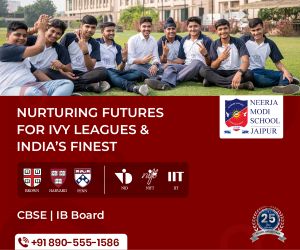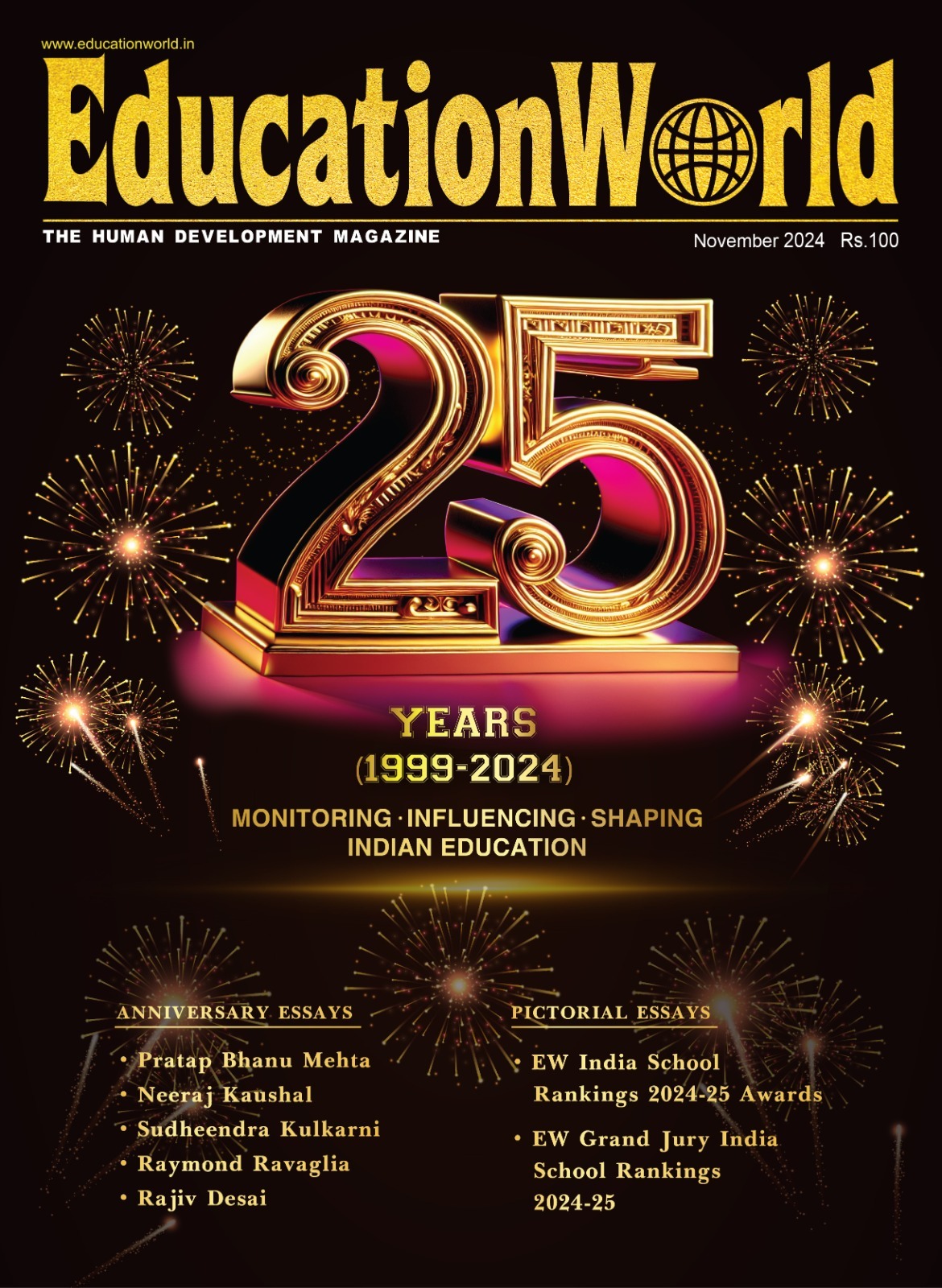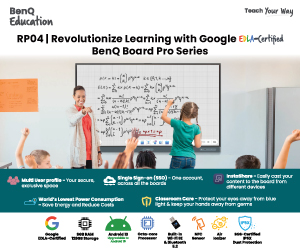Bridging Academia and Industry
– Ashish Munjal, Co-founder & CEO, Sunstone
In today’s fast-changing world, a college degree alone no longer guarantees employability or a successful career trajectory. Employers are increasingly seeking candidates who demonstrate not only strong theoretical foundations but also adaptability, digital proficiency, and the ability to contribute effectively from day one. Yet, despite the growing awareness of this need, a significant gap persists between academic learning and workplace expectations.
Educators deeply engaged with the system often observe that while students possess theoretical knowledge, they struggle to apply it in practical settings. This mismatch forces employers to invest in prolonged onboarding and training processes—an increasingly unsustainable approach in a competitive economy. To close this gap, universities and industry must forge strategic partnerships, co-creating an ecosystem of shared accountability that prepares students to thrive in real-world environments.
Why the Gap Persists
The traditional academic model remains rooted in a degree-centric approach, heavily reliant on classroom instruction and examinations. While this model has its merits, it often leaves little space for applying theoretical learning in practice. Without exposure to real industry challenges and opportunities for soft skills development, graduates enter the workforce with incomplete skillsets.
The urgency of this issue is amplified by rapid technological advancements, evolving business processes, and shifting customer expectations. If curricula fail to keep pace with industry change, graduates will inevitably fall short of employer needs.
A Framework for Collaboration
Based on years of refining employability models, six key pillars can help ensure that graduates stand out to employers and transition seamlessly into the world of work.
1. Co-created Curriculum
Traditionally, curricula are designed solely by academic faculty. However, meaningful industry participation in developing modules, electives, and assessment methods ensures that graduates acquire relevant, up-to-date skills. Far from diluting academic rigour, such collaboration strengthens programmes by incorporating real-world case studies, modern tools, and practitioner insights.
2. Dual-Track Learning
While an academic degree validates theoretical understanding, a parallel employability track is essential. Students should receive structured training in communication, digital tools, simulations, collaboration exercises, hackathons, and role-playing. This balanced approach equips graduates to be both intellectually competent and ‘job-ready’.
3. Industry Immersion
Practical experience remains one of the most powerful teachers. Extended internships, co-mentorship with industry professionals, and live consulting projects expose students to workplace culture, performance expectations, and real-time problem-solving—insights that no textbook can impart.
4. Shared Accountability
Education should not end with the awarding of a degree. Both academia and industry must share responsibility for career outcomes. Initiatives such as jointly funded internships, career assurance programmes, and results-linked fee models can ensure that both institutions and employers are invested in student success. When outcomes are shared, collaboration transforms from symbolic partnership to purposeful engagement.
5. Data-Driven Learning Support
Technology must play a central role in this ecosystem. Learning dashboards, real-time performance analytics, and recruiter feedback loops enable continuous improvement. AI-driven gap assessments help institutions and employers adapt swiftly, ensuring that interventions are targeted and effective. Data, when properly harnessed, turns subjective perceptions into actionable insights.
6. Knowledge Partnerships
Industries such as consulting, finance, and technology demand highly specialised knowledge. Strategic partnerships allow institutions to offer students access to masterclasses, certifications, and contemporary methodologies. These collaborations enhance credibility, enrich learning experiences, and ensure graduates are prepared for niche professional demands.
Benefits for All Stakeholders
Such collaboration benefits every stakeholder in the ecosystem.
- Students gain not just a degree but a verifiable body of work and demonstrable skills, enhancing their employability.
- Institutions strengthen their reputation, improve placement outcomes, and offer programmes of genuine relevance in a competitive education market.
- Industry partners benefit from access to job-ready talent, reduced training costs, and lower attrition rates.
At a broader level, aligning education with employability contributes to national economic stability by reducing youth unemployment and preparing a workforce equipped for the future.
Challenges and Mitigations
While the benefits are clear, challenges are inevitable. Resistance from traditional academic stakeholders may slow progress, but small-scale pilots, faculty incentives, and evidence of success can ease this transition. Managing operational complexity requires clearly defined roles, governance models, and phased implementation strategies. To sustain genuine collaboration beyond initial enthusiasm, outcomes-based incentives can help maintain long-term commitment.
Building for the Future
Academia alone cannot match the pace of industrial change, just as industry alone cannot provide the deep theoretical grounding that students need. True progress lies in partnership. By creating a symbiotic relationship between institutions and employers, we can build an ecosystem that empowers students to enter the workforce ready to lead, innovate, and adapt with confidence.
Also Read: The Placement Panic in India: Why the Class of 2026 Needs Skills, Not Just Degrees
















Add comment